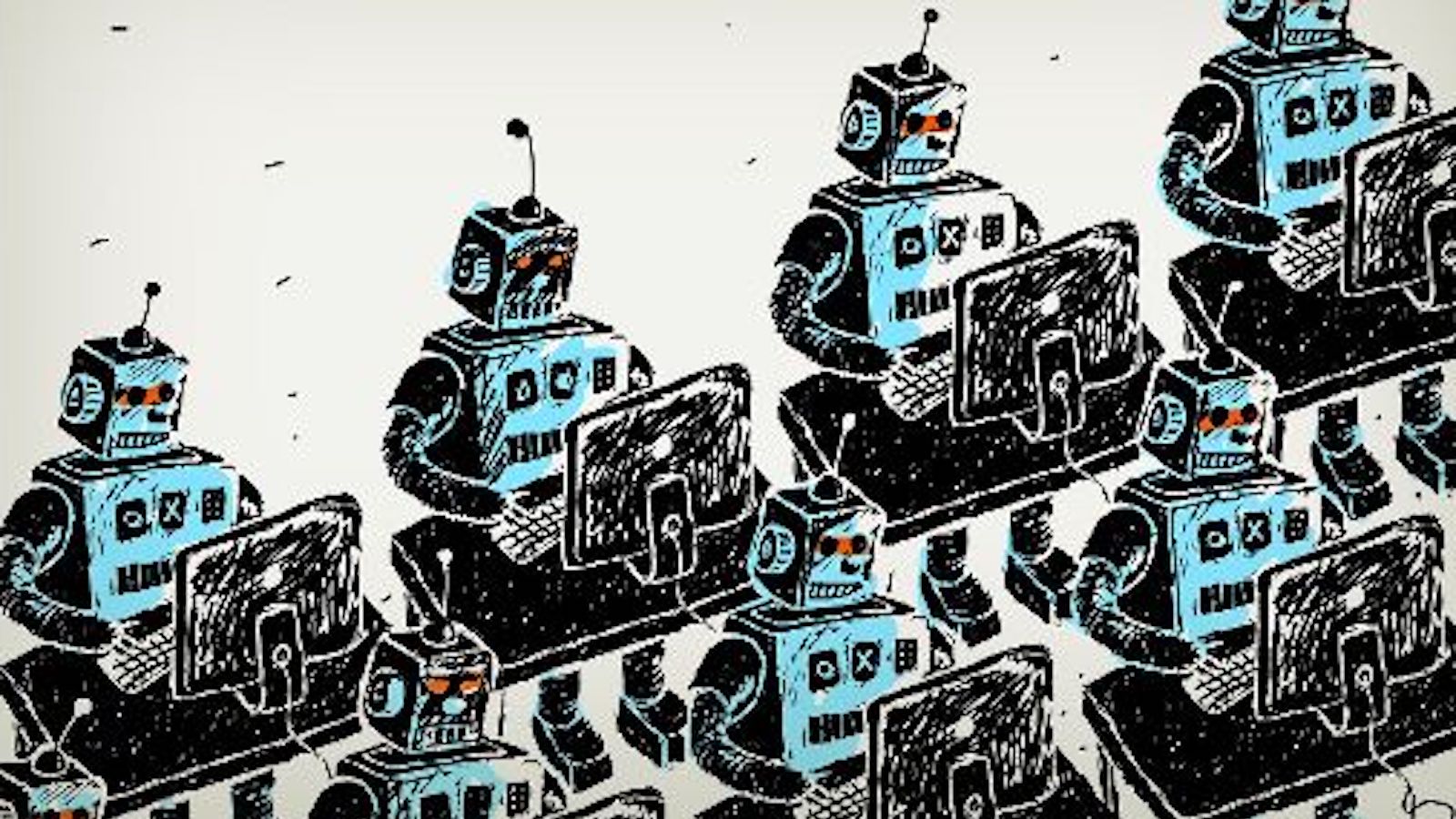
Meta and International Cybersecurity
“Cyber security is a dynamic space. The user faces different challenges every year because there are always new applications and data.” —Ken Xie
Meta has announced they will begin a payment verification service called Meta Verified. It is first being tested in Australia and New Zealand, with a subscription cost of $11.99 per month for web users and $14.99 per month for iOS users. Mark Zuckerburg recently made the announcement for Instagram and Facebook users, and it has many similarities to Elon Musk’s verification requirements for Twitter.
The service will require users that wish to send or receive money through Meta’s platforms to verify their identity. Such steps may include providing a legal name, date of birth, zip code or postal code, residential address, last 4 of social security number, picture of a government-issued photo ID, and answers to questions only the person being identified would know.
The positive side of this is that the verification will deter some fraudulent activities such as the foreign and domestic use of AI that has been notoriously used by scammers to extract payments from users. This has been a growing worry due to political and voting influences, hacking, and scamming.
However, the verification acts as a fascist overreach of governments by allowing Meta to monitor each account proactively, yet Meta does not stipulate what that monitoring entails. Meta publicly states that they have the legal authority to provide acquired data to governments requesting information or having access to user accounts. As of 2022, there were over 412,000 requests from government agencies, while Meta produced information and access to more than 76% of those accounts.
Interestingly, the announcement by Zuckerburg and Meta came at a time when both Australia and New Zealand have been raising significant concerns about national cybersecurity threats from China and Russia in regard to the use of artificial intelligence, camera hacking, and use of TikTok as a means to hack and steal money. Of course, not as many hard stances have been taken in the Western world in regard to Google and Alphabet.
According to Reuters, Australia’s Prime Minister announced on February 27, 2023, that cybersecurity regulations “are simply not at the level they need to be,” and then ensured that Australia would be moving swiftly, “It’s a rapidly evolving threat, and for too many years Australia has been off the pace.” This was a timely step since just one week prior the Australian government quietly expelled a Russian spy ring that was leaking information while using fake accounts and artificial intelligence.
Japan has also entered negotiations with New Zealand in hopes of joining the international alliance with what is known as Five Eyes. As of February 27, Japan also made the official announcement in response to China’s threatening expansion and use of artificial intelligence through social media. Many countries in the Asian Pacific region, including Japan, could be next to join Meta’s pay verification. As of 2022, it was announced that 59% of Asian Pacific businesses reported being victims of cybersecurity attacks by China and Russia.
When Elon Musk and Twitter announced verification requirements for their platform’s blue checkmark, it was in response to the growing concern about AI and international cybersecurity threats, and the countries that were on board were the members of Five Eyes, including Japan. As tensions rise between US allies and China, I anticipate seeing more pro-Japanese stances, pro-Japanese propaganda, and Japanese alliances. It is also likely that new counter artificial intelligence will be created to combat threats worldwide, while platforms like Meta and Twitter will lead the frontline with government backing to keep pace where humans are unable.
Historically, Twitter estimated a modest 5% of its users are AI bots, while the CIA and Musk have stated that they believe around 80% of accounts on Twitter are artificially intelligent bots. According to Statista, Meta’s Facebook has suffered losses caused by fake accounts and artificial intelligence bots, with over 1.5 billion accounts being removed as of quarter three of 2022 alone.
So far, Meta estimates that around 4-5% of its users are fake accounts or AI bots. Once Meta’s paid verification is established, they will be able to better determine if that number is accurate, or if there are far more as Twitter has come to realize. It has been extremely difficult to pinpoint all of the fake accounts because artificial intelligence bots are currently outsmarting much of the software used and the people conducting the investigations. In the meantime, it is best for each person using social media, or even voice verification, to remain vigilant as the cyberwars with and against vicious AI bots continues.
Free the People publishes opinion-based articles from contributing writers. The opinions and ideas expressed do not always reflect the opinions and ideas that Free the People endorses. We believe in free speech, and in providing a platform for open dialogue. Feel free to leave a comment.



